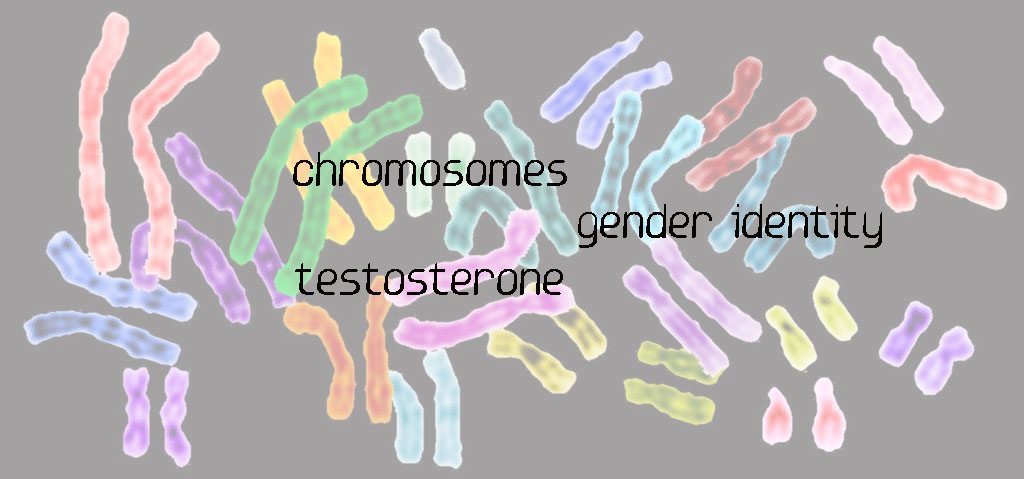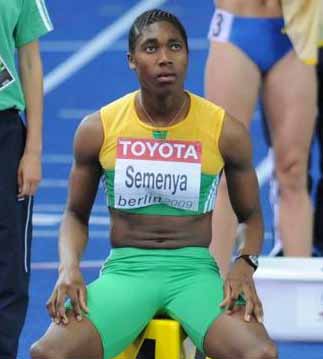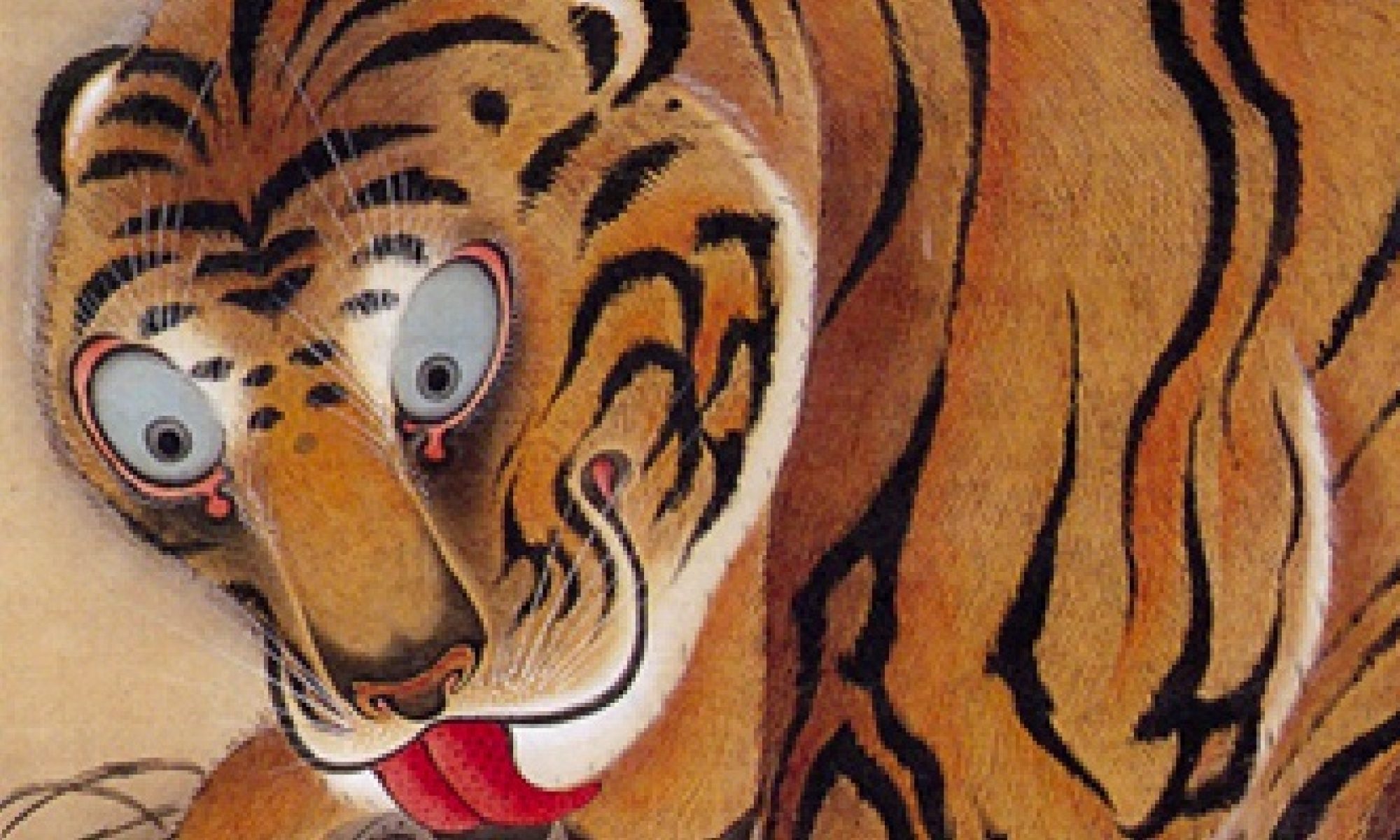 Imagine being born a women into a traditionalist culture which assigns many sex-specific duties and obligations that determine what you can do and how you must act, becoming an athlete who broke sports and social boundaries with her stellar performances and then being banned from competing after reaching majority age because your body was deemed to possess too many male characteristics or hormones. This happened to India’s Dutee Chand when she turned 18 – but only after she was unwillingly subjected to a series of intrusive and humiliating physical checks.
Imagine being born a women into a traditionalist culture which assigns many sex-specific duties and obligations that determine what you can do and how you must act, becoming an athlete who broke sports and social boundaries with her stellar performances and then being banned from competing after reaching majority age because your body was deemed to possess too many male characteristics or hormones. This happened to India’s Dutee Chand when she turned 18 – but only after she was unwillingly subjected to a series of intrusive and humiliating physical checks.

Unlike India, South Africa filed a human rights complaint with the United Nations arguing that the I.A.A.F.’s testing of Semenya was “both sexist and racist.” Semenya herself would later write in a statement, “I have been subjected to unwarranted and invasive scrutiny of the most intimate and private details of my being.”
… Not long after the policy went into effect, sports officials referred four female athletes from “rural or mountainous regions of developing countries” to a French hospital to reduce their high testosterone, according to a 2013 article in The Journal of Clinical Endocrinology & Metabolism. The authors, many of whom were physicians who treated the women, describe telling them that leaving in their internal testes “carries no health risk,” but that removing them would allow the athletes to resume competition, though possibly hurt their performance. The women, who were between 18 and 21, agreed to the procedure. The physicians treating them also recommended surgically reducing their large clitorises to make them look more typical. The article doesn’t mention whether they told their patients that altering their clitorises might impair sexual sensation, but it does say the women agreed to that surgery too.
In the past, some men did portray themselves as women in order to win competitions, but today’s arguments center around the natural advantages accruing to intersex athletes whose body type may be predominantly female but whose body chemistry levels match more closely to a man’s. MotherJones asks:
Do women with higher levels of the hormone, like Caster Semenya and Dutee Chand, have an unfair advantage on the track? The IAAF says yes, in part because testosterone is linked with lean body mass, which experts on both sides of the debate say is a reason male athletes tend to perform better than female athletes. Testosterone leads to increased strength, speed, and power, IAAF experts argued, which is why many athletes try to illegally take synthetic versions of the hormone to boost their performance.
In this year’s 2016 Olympics, some women athletes who had been disqualified as being too male to fairly compete against other women, are competing because of Chand’s successful challenge to the rules. MotherJones explains:
Last year, the Court of Arbitration for Sport suspended the IAAF’s “testosterone rule” after an Indian sprinter named Dutee Chand said it unfairly discriminated against women like her with higher levels … Chand, who will race the 100-meter dash at the Olympics on Friday, said plenty of women don’t fit neatly within (the testosterone test) range, and that there’s overlap between the sexes.
New York Times’ Ruth Padawer sums up the gender issue for athletes very neatly:
…many geneticists and endocrinologists … (point) out that sex was determined by a confluence of genetic, hormonal and physiological factors, not any one alone. Relying on science to arbitrate the male-female divide in sports is fruitless, they said, because science could not draw a line that nature itself refused to draw. They also argued that the tests discriminated against those whose anomalies provided little or no competitive edge and traumatized women who had spent their whole lives certain they were female, only to be told they were not female enough to participate.
